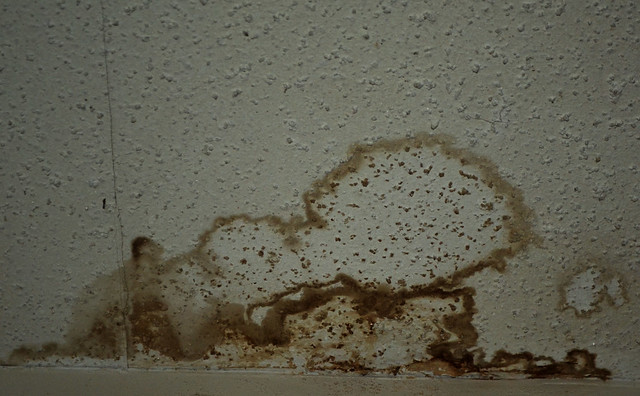Flooding can cause mold growth
When flooding causes mold growth. (Photo Credits)
When flooding occurs, the danger of molds start to creep up.
ABC15 News issued a warning following a flooding incident. Removing Mold
“Schecker said now is when asthma sufferers should make sure to take their medication regularly and appropriately, understand the warning signs of flare-ups and get medical attention right away. Flood victims may eventually come to believe that their home or business is completely dried out and the mold and moisture problem taken care of, but it could be hidden beneath the surface and not something they may be able to solve themselves.”
Watch the news feature here.
The danger of mold growth
Oklahoma’s Own also shared yet another video warning about the dangers mold pose when flooding takes place.
“There’s a new threat growing in several areas due to all of our flooding. Mold is a concern for many flood victims because it only gets worse with time, and can become a problem within two days of flooding. The Red Cross and the extension service are warning people to clean up their homes as soon as possible, especially if it gets into furniture and the walls.”
Read the rest of the article here.
You may also want to read:
- MF Home Contractors
- Preventing Fires at Home
- How to Remove Mold from Clothing
- Black Mold Poisoning
- All-Natural Ways to Prevent Mold Infestation
Century 21 also alerted its readers against the dangers of mold growth following a flooding incident.
“Mold can start to grow on or inside the walls of rooms that were flooded. For flooded rooms with drywall, you need to cut away the entire bottom section of drywall at least 12 inches above the flood line. If any mold is growing on any drywall, the entire section will need to be removed. Mold cannot be properly cleaned from porous material like drywall. Other porous materials that were wet, such as wall paneling, should also be removed. Wet wood is usually okay once it is completely dried with no mold. Insulation that was wet also needs to be removed and disposed. Make sure the house, especially wall cavities, is completely dry before replacing any discarded materials.”
Read the rest of the post here.
What is your initial move following a flooding incident?
http://www.moldfixer.org/avoiding-fires-during-the-winter-season/
The post Flooding and Mold Growth appeared first on Mold Fixer.


